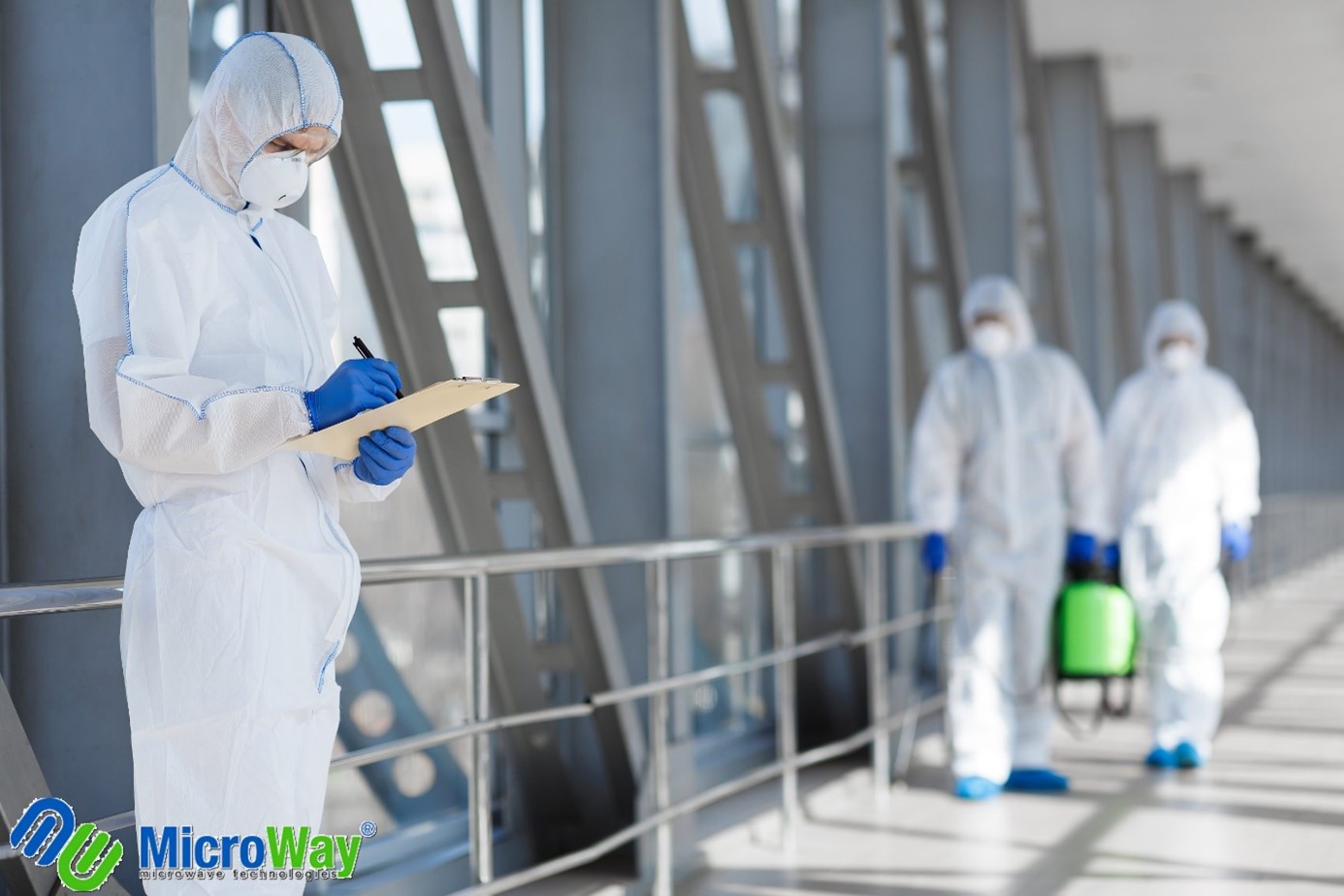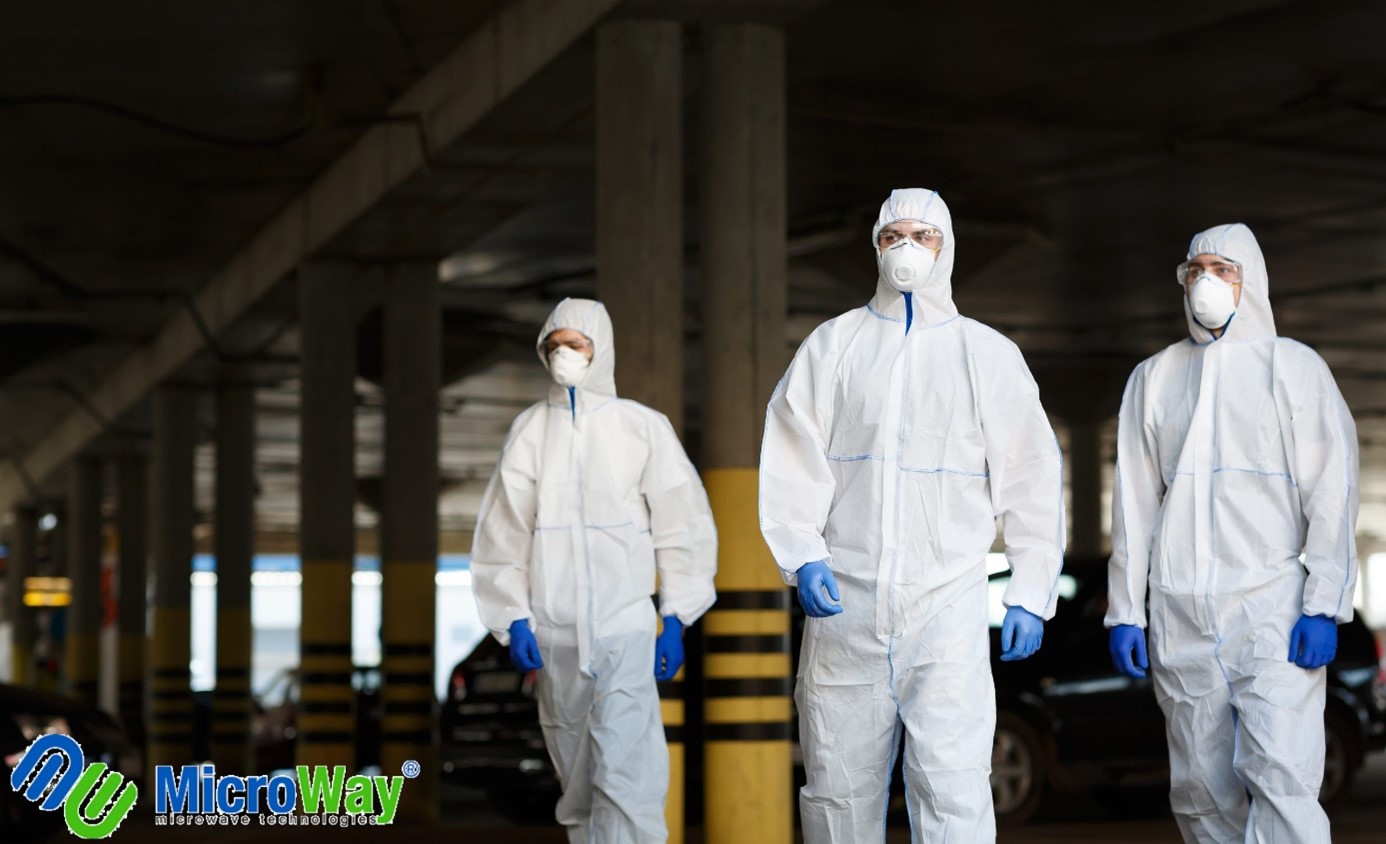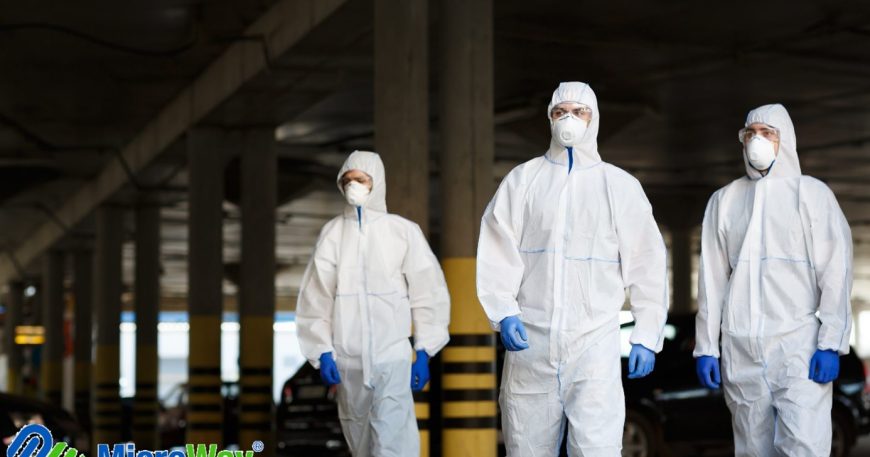 Introduction:
Introduction:
Fumigation, a widely used pest control method, serves a crucial role in eliminating or controlling pests in various environments. This article aims to explore the purpose of fumigation, its applications, and the significance of this technique in safeguarding agricultural produce, stored commodities, and structures.Get acquainted with the production capacity of the Microway brand.
The Purpose of Fumigation:
serves several important purposes in the realm of pest control:
- Pest Eradication: The primary goal of fumigation is the effective eradication of pests. Gaseous fumigants permeate treated areas, reaching even the most secluded spaces, ensuring the elimination of a wide range of pests, including insects, rodents, and microorganisms.
- Preservation of Agricultural Produce: In agriculture, plays a vital role in preserving the quality of harvested crops. Stored grains, fruits, and other commodities are susceptible to infestations, and fumigation helps prevent post-harvest losses by eliminating or suppressing pests that can compromise the produce.
- Protection of Stored Goods: Warehouses storing goods such as grains, pulses, and dried fruits are prone to infestations. Fumigation safeguards these stored goods by eradicating pests and preventing damage during prolonged storage periods.
- Structural Pest Management: Fumigation is commonly employed in structural pest management, especially for wood-destroying pests like termites. It allows for the comprehensive treatment of infested structures, reaching areas that may be challenging to access using other pest control methods.
- International Trade Compliance: is often a mandatory step in international trade, particularly for commodities and goods being transported across borders. Quarantine fumigation ensures compliance with global biosecurity measures, preventing the inadvertent transfer of pests.

How Fumigation Works:
The process of fumigation involves several key steps:
- Preparation: Adequate preparation is essential, including sealing the area, covering or removing exposed food items, and ensuring the safety of individuals involved.
- Application of Fumigants: Fumigants are introduced into the sealed area in a controlled manner. These substances may include gases like methyl bromide, phosphine, or sulfuryl fluoride, depending on the specific requirements of the treatment.
- Exposure Phase: During this critical phase, the fumigant permeates the treated area, reaching all pest-infested spaces. The duration of exposure is carefully calculated to ensure the effective elimination of pests.
- Aeration: Following the exposure phase, the fumigated area undergoes thorough aeration to remove residual gases, making it safe for human and animal occupancy.


